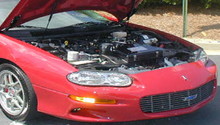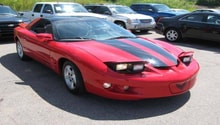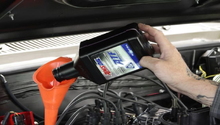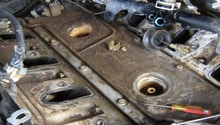Chevrolet Camaro 2010-Present: Engine Performance Diagnostic Guide
A change in engine performance in the Chevrolet Camaro is an indication of something going wrong. Read on to learn how to diagnose it.
This article applies to the Chevrolet Camaro (2010-Present).
The Chevrolet Camaro is an extremely powerful vehicle, so any change in performance means something is wrong. The engine should maintain its performance throughout the life of your Camaro. If you feel any change in acceleration, if you feel any hesitation, or if you feel any constriction in your car's performance, that means it's time to do something about it. This guide will take you through the major components that would cause a difference in your vehicle's performance, and what you can do to make your Camaro just as powerful as you remember it.

Materials Needed
- Socket
- Long screwdriver
Step 1 – Check the air filter
It could be dirty.
The air filter is the gate between the outside world and the inside of the engine. It is designed to filter the air going into the engine, and if it's clogged, it restricts the air, which reduces the engine's performance. A dirty air filter can also cause higher fuel consumption. You are supposed to replace the air filter every 50,000 miles, and it's recommended you check it during every oil change, since it's rather easy to check. Open the hood and locate your plastic air box. Open the two clamps on the air box, then pull up the air box cover. Remove the air filter and inspect it; if it's dirty, replace it.
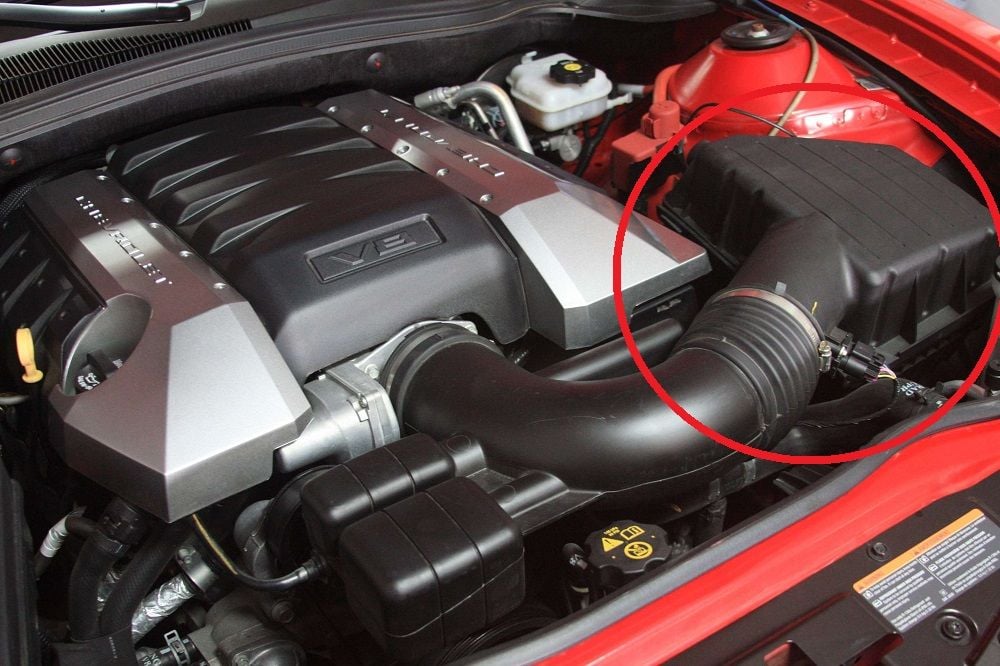
If the air filter is clean, proceed to Step 2.
Step 2 – Check spark plugs and their wires
They could be worn or burnt.
The spark plug wires give current to the spark plugs, which gives spark to the engine. Any burnt spark plugs will directly affect the performance of the engine, and it could also cause a misfire. Worn spark plug wires could also cause the spark plugs to not operate at optimal potential. First, inspect all the wires going to each spark plugs; if you see any wears or cracks, replace the wires. Then remove each spark plug, and check the tips for any signs of burns. If you haven't replaced your spark plugs in 15,000 to 30,000 miles, now is definitely the time.
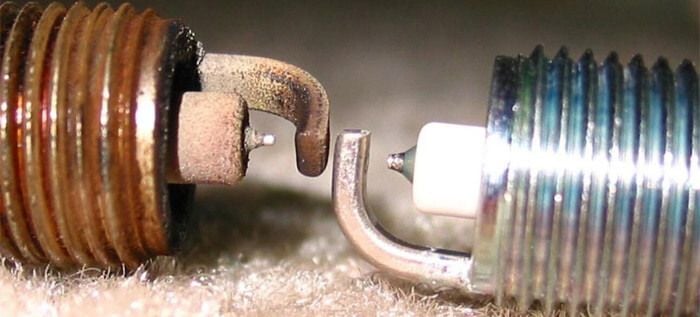
If the spark plugs and their wires are in a good condition, proceed to Step 3.
Step 3 – Check fuel injectors
They could be clogged or faulty.
The fuel injectors spray the fuel inside the engine to assist in the combustion process. If one of the injectors has grime on it, or if one of them is faulty and isn't working, you car will run poorly. To check if each fuel injector is working properly, start your car and use your long screwdriver as a stethoscope. Place the screwdriver on top of each injector, and place your ear on the butt of the screwdriver. If you hear a clicking noise, that means your injector is working fine, but if you don't hear anything, then your injector is in need of replacement. Remove each injector to check the tip of it for any grime. Clean it well before putting it back in.

If your injectors are clean and working properly, proceed to Step 4.
Step 4 – Replace your fuel filter
Your fuel filter could be clogged.
Unfortunately, your fuel filter is inside your fuel pump on this generation of the Camaro. Even though this is designed to live for a very long time, a very dirty batch of fuel can clog it up. It's recommended you let a professional inspect the fuel pump; however, if you insist on doing it yourself, you will need to drop your fuel tank using your jack, and replace the fuel pump on top of it. Of course it's not as easy as it sounds, you have to drain the fuel and remove every hose attached to the tank.
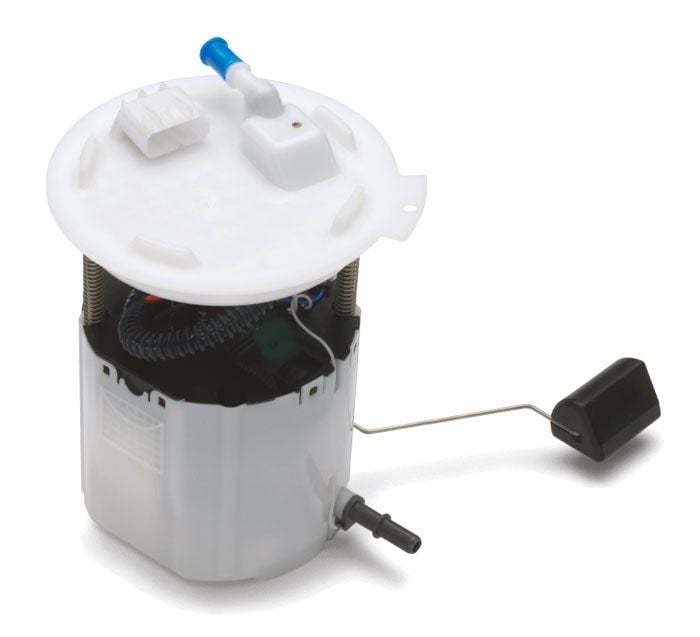
Related Discussions
- Engine Misfire - LS1Tech.com
- Car Under-performing - LS1Tech.com
- Engine Running Rough - LS1Tech.com
- High RPM Wheelspin, Reduced Power Mode - LS1Tech.com
- Lost Power, Running Rough - LS1Tech.com

